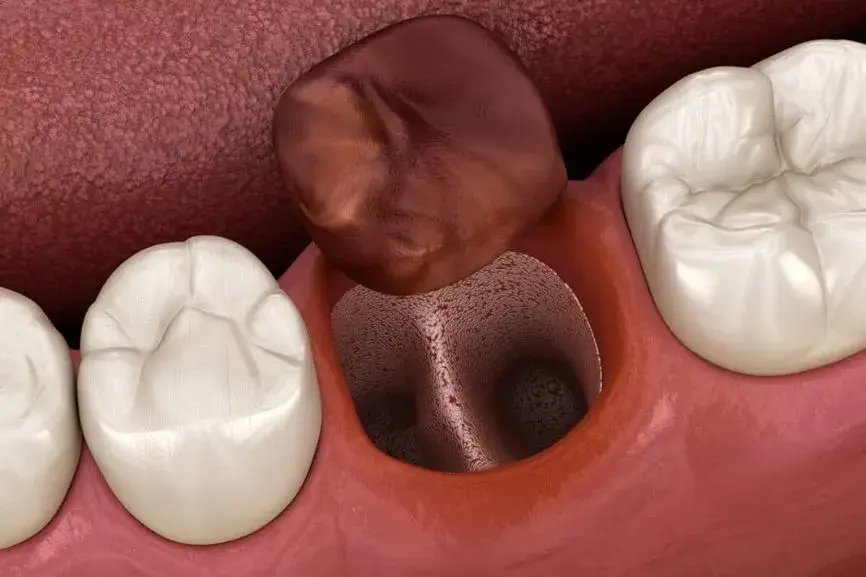
Dry Socket: What It Is and How to Prevent It
Alveolar osteitis, also known as “dry socket” can happen after a tooth has been extracted. Usually when you have a tooth removed, a blood clot forms in the socket which protects the nerves and bone in your gum. If the clot is knocked out, dislodged or fails to form, the socket where the tooth was can become painful as it can’t heal as fast and the nerves are exposed. This is known as dry socket.
How do I Know If I Have Dry Socket?
Dry socket is most common after wisdom teeth removal but can happen after the extraction of any tooth. Here are the symptoms to look out for:
- The socket or hole where the tooth was is white. This is because the bone is visible. A properly clotted socket would have a dark-colored scab inside it.
- After a tooth extraction, your mouth may feel uncomfortable at the site for a day or so. If the pain is not going away or getting worse, you may have dry socket.
- The pain from dry socket can radiate into your neck and ear areas.
- You may have a foul taste in your mouth and start suffering from bad breath.
- In some cases, dry socket can lead to an infection which may require antibiotics or further medical treatment.
What Causes Dry Socket?
Dry socket does not occur very often, only 2% to 5% of people who have tooth extractions develop it. Women are at a slightly higher risk for dry socket than men and teeth extracted from the lower jaw also carry a slightly higher risk than those removed from the upper jaw. While there is no definitive medical reason for developing dry socket, there are several factors that can contribute to it.
- Trauma or impact to the area shortly after the tooth has been removed can dislodge the clot.
- Smoking may affect your body’s ability to form a clot in the empty socket.
- Drinking through a straw, spitting and swirling liquid in your mouth after having a tooth removed can dislodge the clot.
- Bacteria can prevent a clot from forming properly. If you have gum disease or gingivitis, the chances of dry socket after having a tooth pulled get higher.
- If you are using a birth control pill, the increase in estrogen may dissolve clots in the empty socket faster.
What Can I Do About Dry Socket? Is It Serious?
Usually, dry socket isn’t anything to worry about and in most cases it just heals on its own in about a week. If you are experiencing pain after a tooth extraction, come back in to see your dentist. It’s easy to see if a clot is present or not, so dry socket can be quickly diagnosed.
Your dentist can clean the area and fill it with gauze or other medical material to protect the socket, lessen your pain and help it heal. You can take over-the-counter pain relievers if you need to or ask your dentist if anesthesia or other pain relief is an option. You may need to use a special mouthwash or saline rinse at home to keep the area clean.
Can Dry Socket Be Prevented or Avoided?
It’s not always possible to prevent or avoid dry socket, or alveolar osteitis, but you can take some preventive steps:
- If you smoke or use tobacco products, try to avoid them on the day of your tooth extraction and for a couple of days after.
- Birth control pills and other medication can raise hormone levels which can have a negative effect on your clot forming. Check with your dentist to see when would be the best time to schedule your extraction.
- Do not use straws or drink carbonated drinks for a couple of days after your surgery.
- Rinse your mouth gently and try to avoid spitting.
- Stay off crunchy or hard foods for a few days, opting for softer things to prevent your clot from becoming dislodged.
- Carry on with a good oral care routine to reduce the amount of bacteria in your mouth.
Dry socket does not happen very often but if it does happen to you, contact your dentist for more information.
